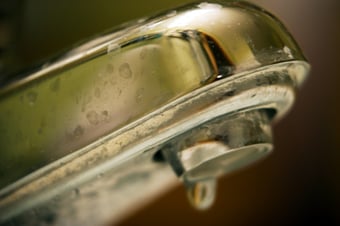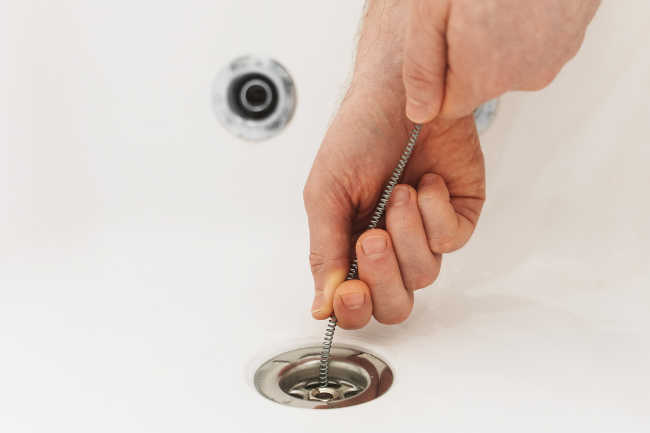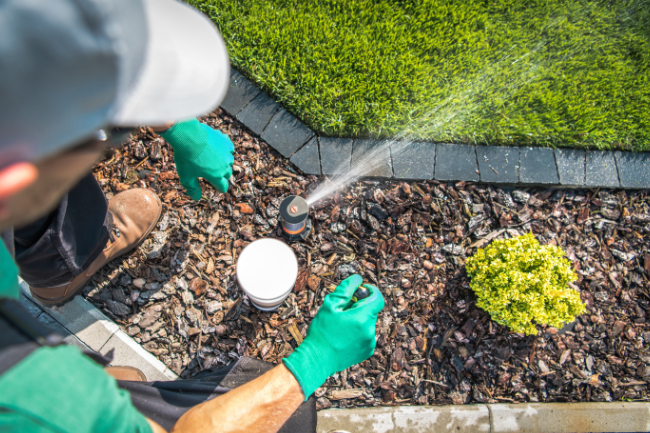The 3 Most Common Home Plumbing Problems
Posted by William Heinselman on
 Your home’s plumbing probably isn’t something you think about on a day-to-day basis; however, when plumbing problems do occur, they can put a serious, unforeseen dent in your wallet. It’s surprisingly easy to abuse certain fixtures, such as garbage disposals, in and around your home, and doing so can lead to costly - and necessary - repairs.
Your home’s plumbing probably isn’t something you think about on a day-to-day basis; however, when plumbing problems do occur, they can put a serious, unforeseen dent in your wallet. It’s surprisingly easy to abuse certain fixtures, such as garbage disposals, in and around your home, and doing so can lead to costly - and necessary - repairs.
A large majority of common home plumbing issues can be avoided with preventative care and better cleaning practices. The health of you home plumbing system depends on how much you know about best care practices, common problem causes and the right steps you should take to resolve those problems.
In this blog, we break down several of the most common home plumbing problems, as well as steps you can take to resolve them in a pinch and avoid them moving forward.
1.) Dripping/Leaking Faucets
Dripping faucets - and by extent, dripping shower heads - are easily some of the most common home plumbing problems people deal with every day across the United States. While a dripping faucet might seem like a minor problem, at a glance, it can actually end up costing you more than you suspect in terms of wasted water. After running toilets, leaking faucets waste the most water of any indoor plumbing problem; one leaking faucet can waste hundreds of gallons of water in single year.
What you should do: Most of the time, a dripping faucet is the result of aging faucet washers (the O-rings within faucet cylinders that create an airtight seal when water is flowing). Over time, these silicone or rubber rings start to give way, and water eventually begins to trickle through. Fortunately, it’s relatively simple to fix a leaking faucet, given that you’ve got the right tools for the job. If not, or if you’re uncomfortable dismantling your faucet, contacting a plumber for a quick fix is another option.
2.) Leaking or Faulty Water Heaters
Water heater trouble is more than just a frustrating home plumbing problem (no hot water in the middle of winter can make for some miserable showers), it can mean big trouble on your wallet. However, if your heater unit is starting to develop performance issues, or fail completely, it’s probably time to upgrade to a new unit. If your water heater is leaking, it’s most likely due to rusting and deterioration within the storage tank.
What you should do: there’s no easy fix for water heaters damaged by rust. In these cases, you’re going to have to replace your unit, and replace it fast. At this stage, we recommend freeing up your budget and purchasing a tankless water heater, which both heats water much more efficiently than a traditional model and can reduce overall your water consumption.
3.) Running Toilets
Running toilets are more than just annoying, they also waste hundreds of gallons of water - conservatively - in a single month. A dripping, slow leak can waste well over 400 gallons in a given month. Larger leaks can waste thousands in that some time span, having drastic implications on your regular water bill.
What you should do: As it turns out, the most costly home plumbing problem is also one of the easiest to resolve. Leaking toilets are typically caused by one thing: trouble with the toilet’s flapper valve, whether it’s deterioration or a misadjusted chain. These valves create an airtight seal between the tank and the toilet bowl below. When valves being to give way, water trickles through in ever increasing quantities.
While flapper valves can be picked up at your local home improvement store for next to nothing (Home Depot lists several flappers below $6 a pop), the trouble is realizing the problem exists at all. A leaking toilet can fly the radar for weeks, resulting in sudden and unexpected water bill spikes. To test your toilet for leaks, put a few drops of food coloring or dye in the tank, wait 15-20 minutes and inspect the bowl. If there’s coloring in the bowl, you’ve got a leak. To more severe the leak, the more coloring will be in the bowl.
Topics: Home Plumbing







